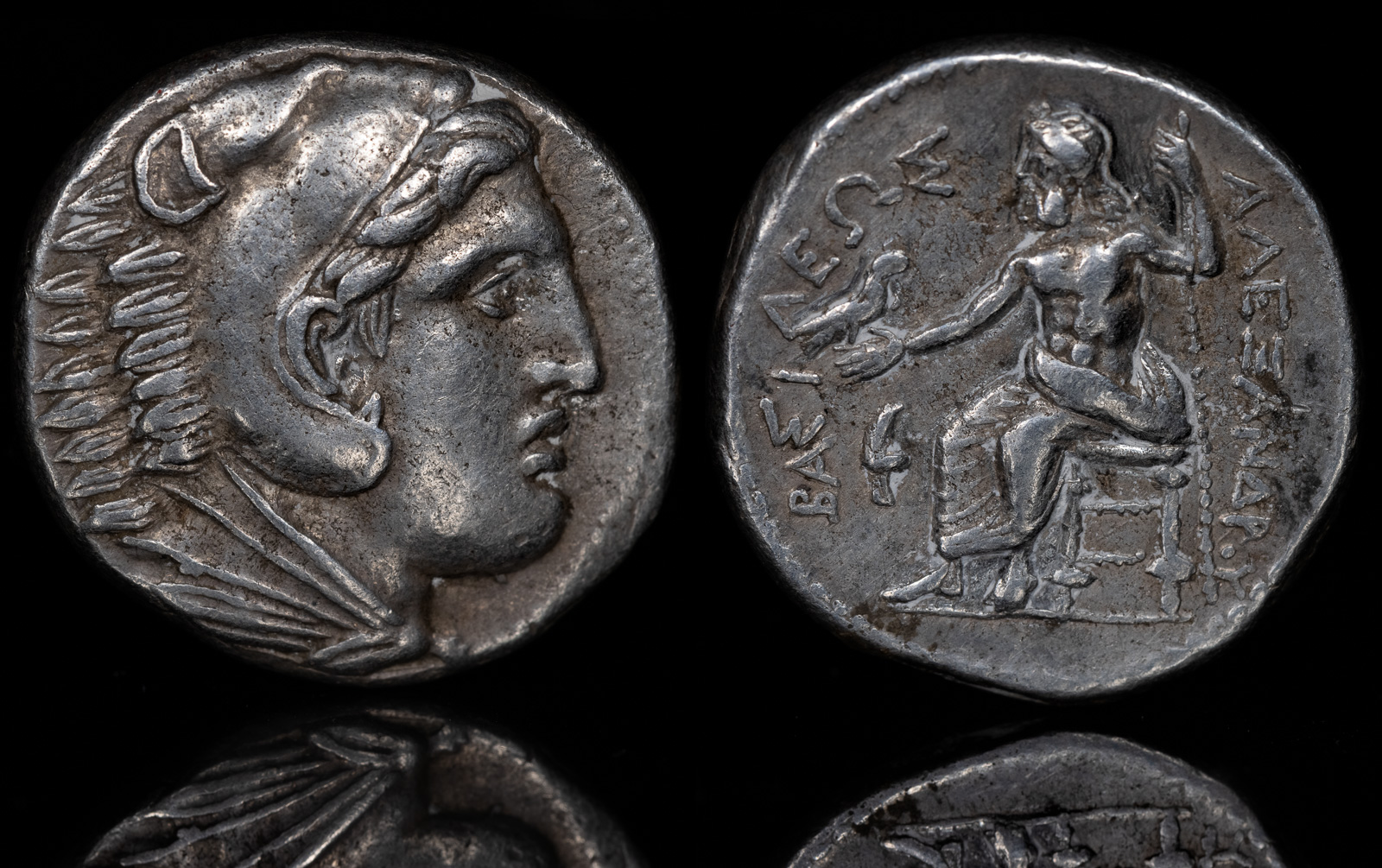Tetradrachm
View All Tags
The history of the tetradrachm begins in the 5th century BCE, with its first notable issue being minted by the Athenians. During this time, Athens was at the height of its power, and the Athenian tetradrachm became one of the most recognizable and widely circulated coins in the Mediterranean. The obverse of the coin typically featured the goddess Athena, the city’s patron deity, with the reverse displaying an owl, which symbolized wisdom and was closely associated with the city-state. The Athenian tetradrachm became a symbol of Athenian wealth and influence and was used as a primary currency throughout the Greek world, as well as in areas under Athenian control or influence, such as the Aegean islands and parts of Asia Minor.
Following Alexander the Great’s campaigns in the 4th century BCE, the tetradrachm became a key coin in the Hellenistic kingdoms. Alexander’s successors, known as the Diadochi, continued to mint tetradrachms with their own distinctive designs. For example, the coins of the Seleucid Empire, Ptolemaic Egypt, and the Antigonid dynasty all featured images of their respective rulers, gods, or symbols. The tetradrachm served as both a means of currency and a tool for political propaganda, as rulers often used coins to communicate their power and divine favor.
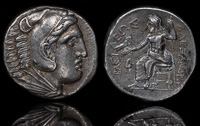
Alexander IV/Antipater 323-317 BCE
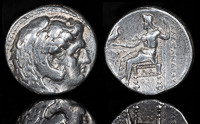
Antigenes 322-320 BCE
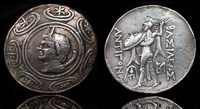
Antigonos II Gonatas 277-239 BCE
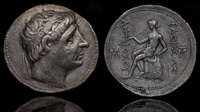
Antiochos I Soter 281-261 BCE
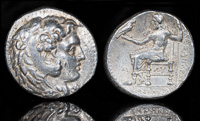
Archon or Dokimos 323-317 BCE
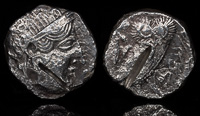
Ataxerxes III Okhos 343-337 BCE
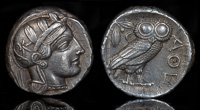
Athens 454-404 BCE
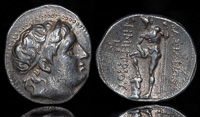
Demetrios Poliorketes 306-283 BCE
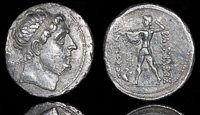
Diodotos I of Baktria 255-235 BCE
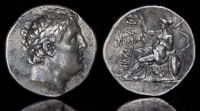
Eumenes I 255-241 BCE

Hyspaosines 124/3 BCE

Kamnaskires III w Anzaze 80/79 BCE
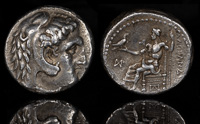
Koinos 324/323 BCE
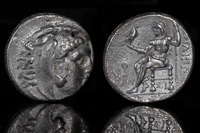
Laomedon 319/318 BCE

Lykkeios 359-335 BCE
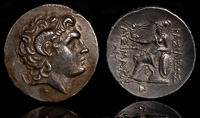
Lysimachos 287-281 BCE
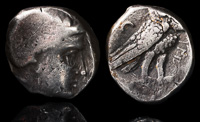
Mazakes 331-323 BCE

Memphis, Egypt 323/2 BCE
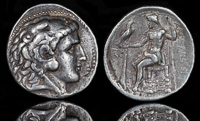
Menelaus 315-306 BCE
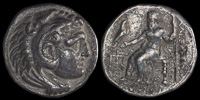
Nikokles of Paphos 325-317 BCE

Nikomedes II 110/9 BCE
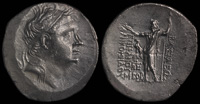
Nikomedes III 126/5 BCE

Nikomedes IV 92/91 BCE
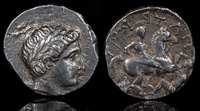
Patraos 335-315 BCE
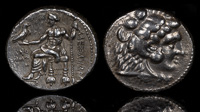
Perdikkas 321/320 BCE
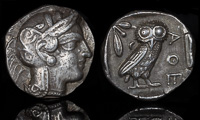
Pharaonic Kingdom 5th-mid 4th Cen BCE
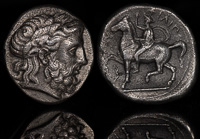
Philip II 354-349 BCE

Ptolemy I Soter 311-305 BCE
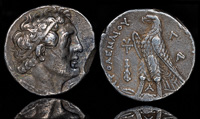
Ptolemy II Philadelphos 256/55 BCE
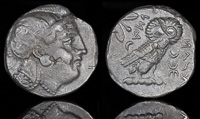
Sabakes 340-333 BCE
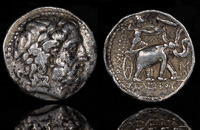
Seleukos I Nikator 296-281 BCE
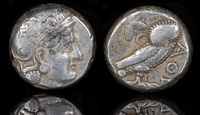
Sophytes 323-240 BCE

Stamenes/Archon 324/323 BCE
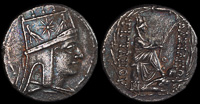
Tigranes II 80-68 BCE
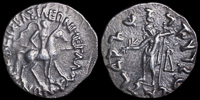
Vonones 85-60 BCE
